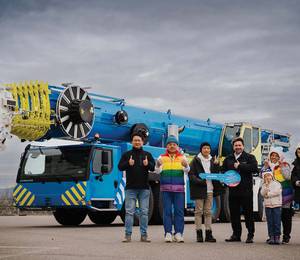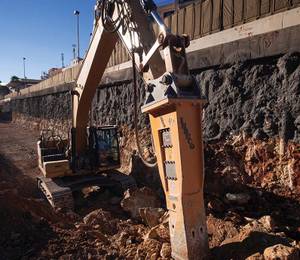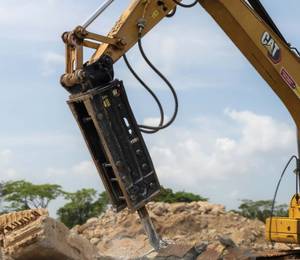The much-anticipated Merdeka 118 tower, Malaysia’s new iconic landmark, was officially inaugurated on 10 January 2024. At 678.9 m in height, it is currently the second tallest building in the world, after Burj Khalifa in Dubai (about 828 m).
Rising above the city of Kuala Lumpur, Merdeka 118 (Merdeka means ‘independent’ in Malay) features 118 storeys with various facilities such as offices, hotels and retail outlets. According to the developer, Permodalan Nasional Berhad (PNB), there are 84 storeys of Premium Grade-A office space and the highest floors of the tower will house an observation deck and Malaysia’s first Park Hyatt hotel.
In its press release, PNB also mentioned that Merdeka 118 will set high sustainability standards, aiming for the country’s first triple-green platinum rating from Leadership in Energy and Environmental Design (LEED), Green Real Estate (GreenRE) and Green Building Index (GBI). In addition, the tower will obtain WELL certification from the International WELL Building Institute Asia Pacific supporting the wellbeing of the tenants and the wider community.
“The Merdeka 118 precinct development represents PNB’s aspiration to uplift the financial lives of Malaysians across generations as well as a symbol of Malaysia’s progress and development as a nation,” said Raja Tan Sri Dato’ Seri Arshad Raja Tun Uda, group chairman of PNB.
In a separate announcement, contractor Samsung C&T Engineering & Construction Group (Samsung C&T E&C Group) shared some methods and challenges in building Merdeka 118. “With its innovative design and towering height, the most advanced construction technologies were employed,” it said.
About 400,000 cu m of high-strength concrete was needed for the project, and a high-pressure pumping technology was used to pump the concrete up to the required height as the tower grew, revealed Samsung C&T.
To make the concrete stronger, 40,000 km of rebar was used, the contractor added. A global positioning satellite (GPS) system was also used to make real-time height measurements, helping to ensure the accuracy of the work.
The structure itself stands a little over 500 m tall, and is topped by a spire that adds a further 160 m. To raise this spire, which weighs 933 t, to the top of the tower, Samsung C&T applied a method that pushed the spire up using a hydraulic jack so that a tower crane would not be necessary.
Image: Filipe Freitas/Unsplash












